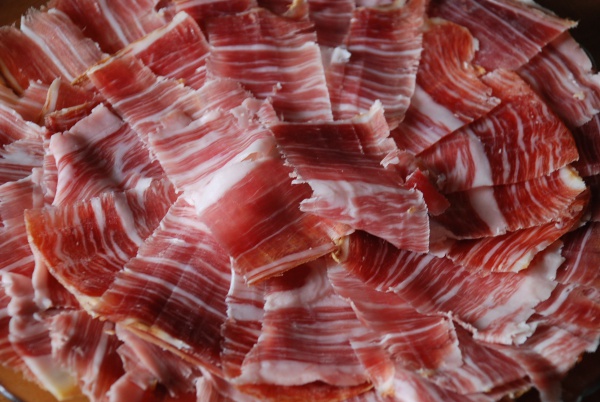Facts About Spanish cuisine
Spanish cuisine is a vibrant and diverse tapestry, deeply influenced by the historical events and cultural shifts that have shaped the Iberian Peninsula. Geography and climate also play crucial roles, determining the cooking methods and ingredients available across Spain's various regions. This rich culinary heritage is a blend of ancient traditions and numerous influences from invasions and conquests over the centuries.
The roots of Spanish cuisine stretch back to the pre-Roman era, when the region was divided into Celtic, Iberian, and Tartessian territories. The Romans introduced viticulture and mushrooms, while the Muslim conquest brought transformative ingredients like rice, saffron, and almonds. The discovery of the New World in 1492 introduced tomatoes, potatoes, maize, and other staples, forever transforming Spanish cooking.
In Spain, meal routines are a cherished part of daily life. The day typically starts with a light, continental-style breakfast, followed by "la comida" a large and leisurely midday meal. Dinner, or "la cena" is usually lighter and served later in the evening. Tapas, or small appetizers, are a beloved tradition, often enjoyed before meals or as snacks.
Each region in Spain boasts its own unique dishes and culinary traditions, shaped by local ingredients and cultural heritage. For instance, Andalusia is famous for gazpacho, a refreshing cold soup, while Catalonia offers escudella, a hearty meat and vegetable stew. These regional specialties highlight the diversity and richness of Spanish cuisine.
Renowned Spanish chefs like Ferran Adrià of El Bulli, Juan Mari Arzak of Arzak, and Carme Ruscalleda of Sant Pau have brought international acclaim to Spanish cuisine. Their innovative approaches and culinary masterpieces have elevated Spain's culinary status on the global stage.

 France
France